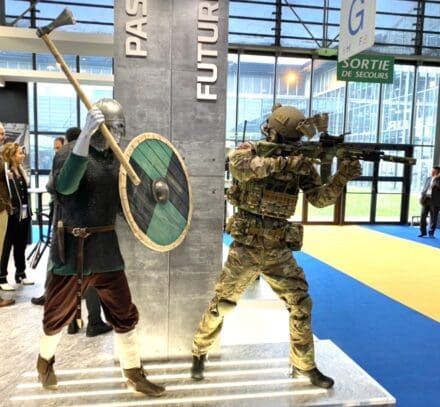
NFM has launched an entirely new helmet at Milipol. Although it incorporates numerous innovations, it remains compatible with common ear pro systems and offers a lightweight NVG Shroud.
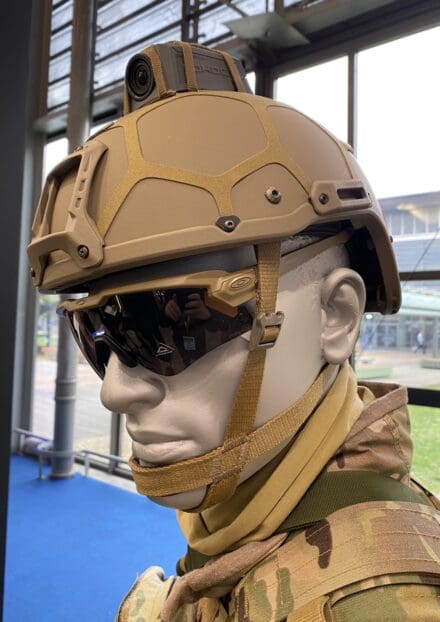
Developed in conjunction with Final Forge, the goal was to take as much weight off of the helmet as possible. One of the most pronounched things you will notice about Hjelm is that there are no continuous rails attached to the helmet.
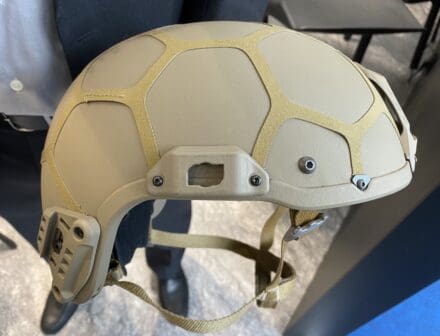
Instead, they’ve introduced an Edgemount Attachment System which allows the user to attach items only where necessary, much like M-LOK does for weapons. In fact, they even have an M-LOK adapter, along with others. The reverse side of the Edgemount Attachment System also offers a guide for rounding cables on the inside of the helmet. The grid-like pattern on the shell is called Helmet Attachment System Pattern and replaces the Velcro used on my other helmets. HASP is lighter than Velcro and won’t wear out from adds ing and removing items. Instead, this web of high strength composites is used as a base to attach accessories, including camouflage materials.
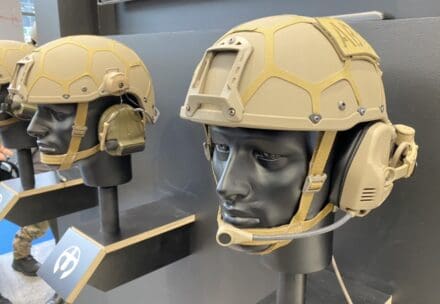
Naturally, they’ve also reduced weight on the shell itself, but you’ll have to contact NFM for exact ballistic capabilities. NFM also improved fit by introducing four different sizes and two different widths to better accommodate different head shapes.
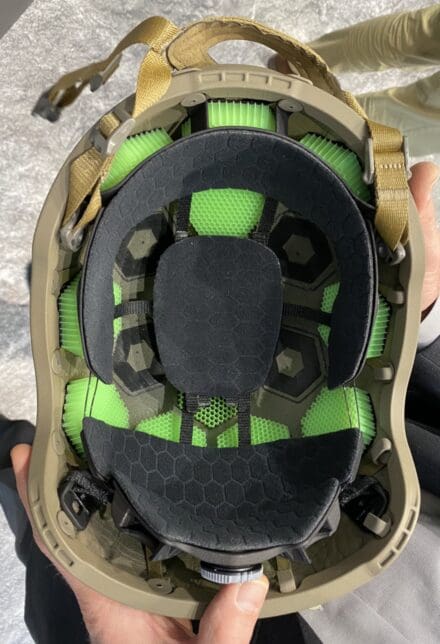
The Skullplate Liner system improves breathability due to its lower profile suspension and also provides better impact protection during rotational impacts thanks to Koroyd welded tubes which serve as crumple zones.
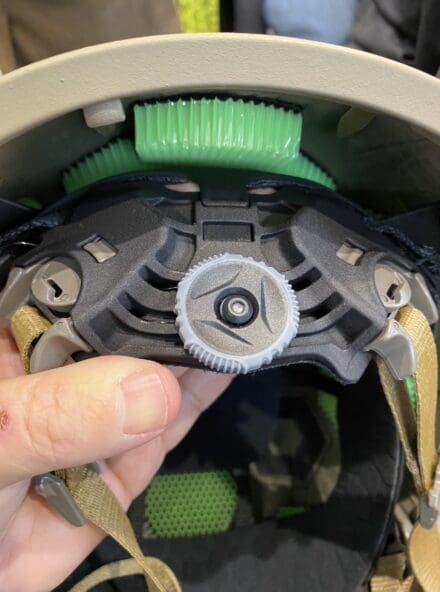
The new chinstrap actually buckled at the rear, just above the nape of the neck, on either side of the adjustment dial. This moves buckled away from the chin meaning the helmet can be worn with masks whether the strap is worn on or below the chin.


Dang! I thought the newest Team Wendy was as light as it could get.
Pretty much everything is lighter and better than my original kevlar from 28 years ago.
The weight of the helmet hasn’t been released yet. Every manufacturer of high-end polyethylene helmets uses the same material suppliers, so, if they’re built to the same specifications, it’s very unlikely that one helmet would be much lighter than the next. From what we can see of shell thickness, I would expect Hjelm to weigh about as much as Team Wendy’s and Ops-Core’s latest offerings. Probably around 1.6 to 1.8 pounds for a Size L shell.
As far as the design is concerned, this is the opposite of a boltless helmet. By my count, there are 17 holes through that shell. That is not great.
I had a long discussion about boltless helmets with the designer. He’s the same guy who originally designed the Ops-Core helmet.
The reason DoD has a hardon for bolts is that they have so many different helmets, with different shell thicknesses. This requires different bolt sizes which becomes a logistical nightmare.
The truth of the matter is that if you shoot a helmet near the bolts along the edge of the helmet, it will fail. Not because there’s a bolt there, but because edge shots cause the helmet material to roll. Edge shots result in failure.
HJELM is really light, according to the declarations of the NFM, it’s about 800 grams (1.76 lbs).
Where did you found this information?
I need all of this for my helmet.
That’s really cool, and innovative. Someone clearly put their thinking cap on, and it all makes so much sense…
I have the Koroyd stuff in my snowboard helmet. I’m curious how durable it is for Joe. I can see them just jamming shit in their helmet in kit bags/lockers and what not.
Some more info: https://fragoutmag.com/milipol-2019-nfm-hjelm-helmet-system/
So they removed velcro because it weighs a lot, but then they put it back on using their attachment system. Genius!
Huh?
I’m wondering if this was the grounds of the 2011 rumor of NFM doing OEM production for Norwegian Mil issued Ops-Core helmets.